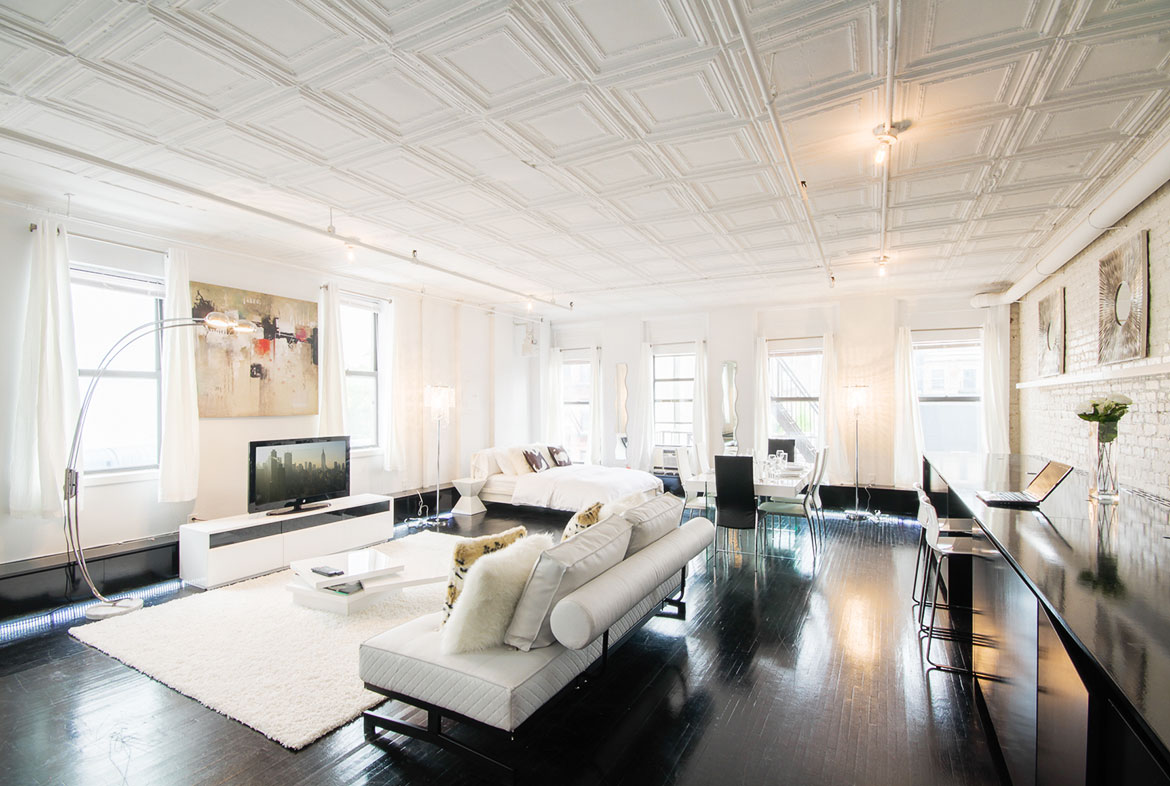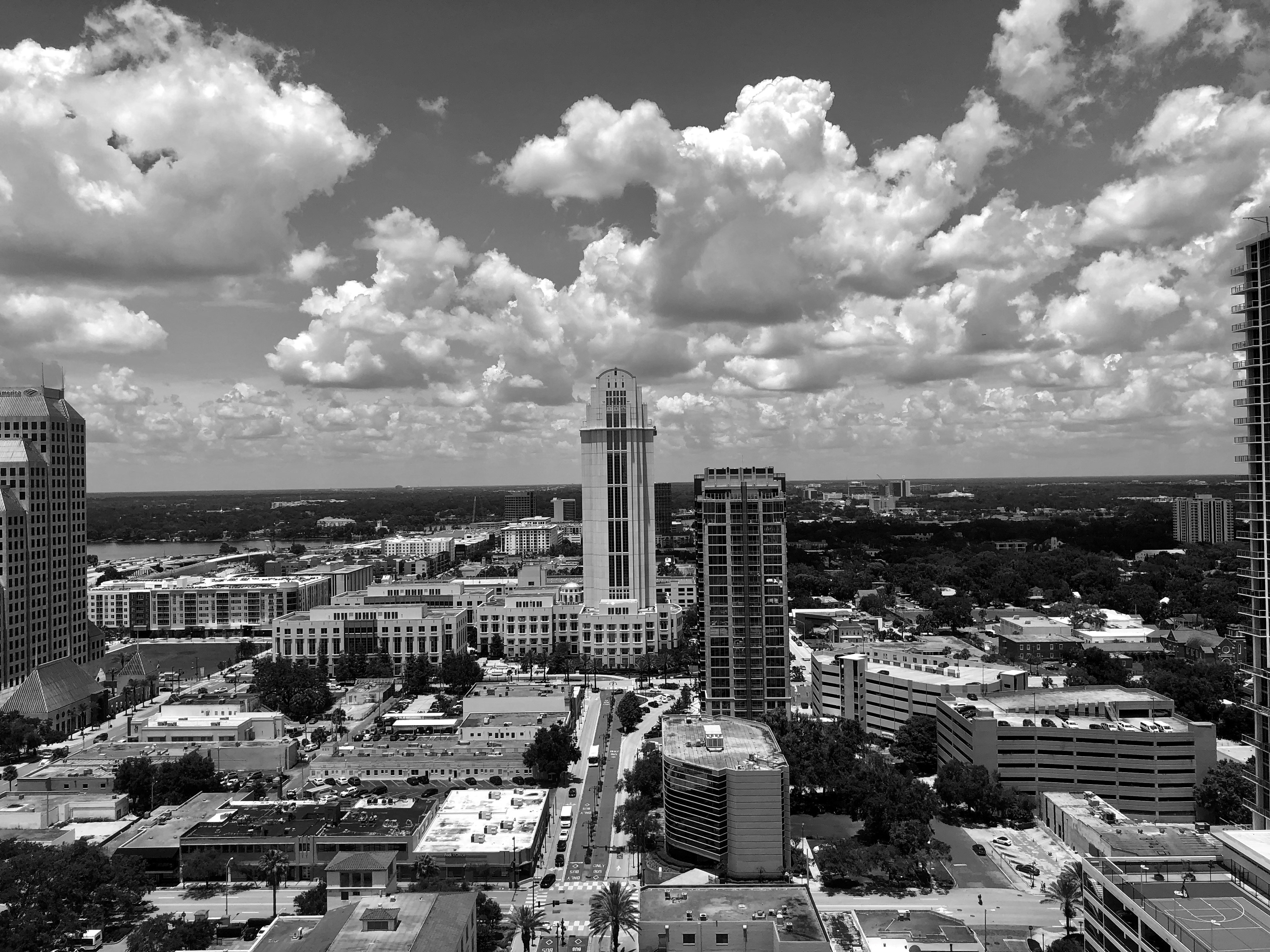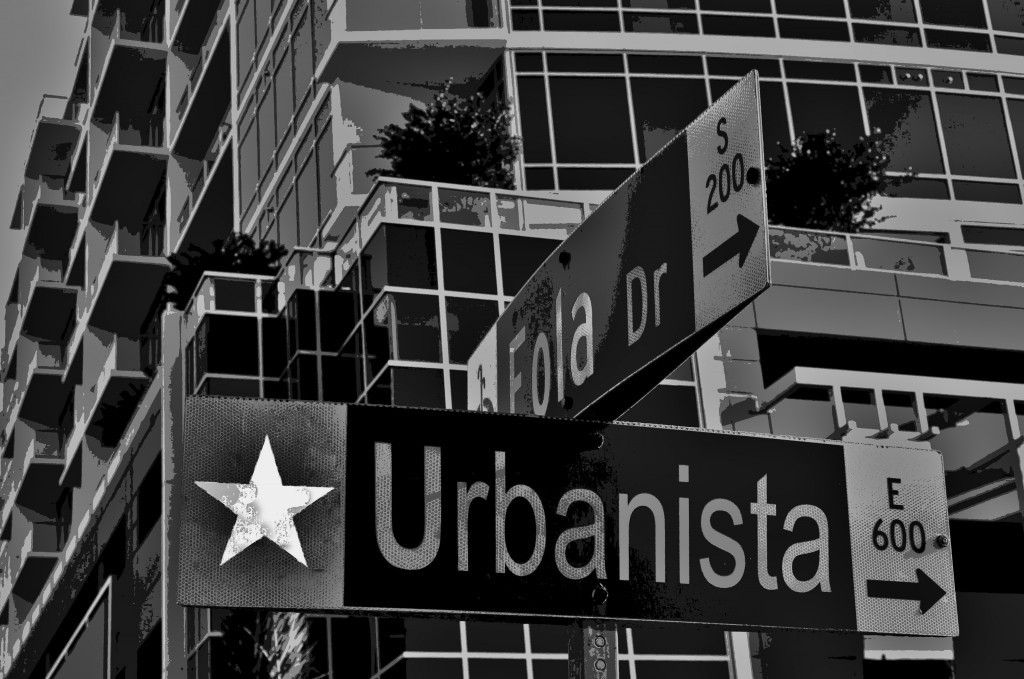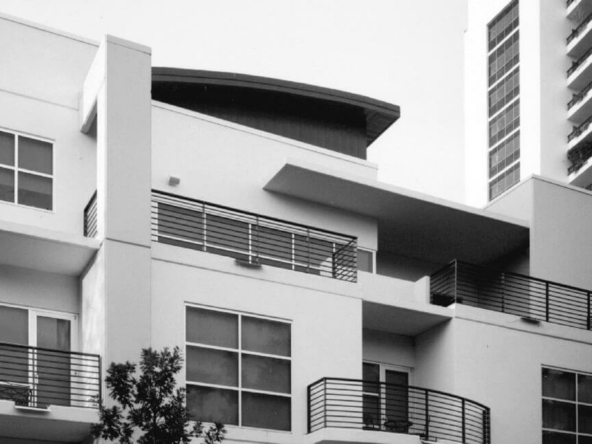Expectations will be high this year for continued growth in multifamily construction and other development tied to two highly incentivized projects: SunRail and Lake Nona’s Medical City.
The relative boom in apartment construction last year is expected to continue in 2013, particularly in downtown Orlando and near Lake Nona’s slowly burgeoning complex of hospitals and medical-research centers. In addition, a handful of projects are expected to get underway this year with 2014 completion dates tied to the debut of Central Florida’s $1.2 billion SunRail commuter train.In terms of retail development, Joshua Busby, vice president of Continental Real Estate Cos. of Maitland, expects further moves by big-box national retailers to “de-mall” and relocate in open-air centers.
“This model has proven to be successful for the retailers, as the operational cost for open-air centers are much less than for traditional enclosed malls, and it allows them to position themselves in a more diverse mix of retailers,” said Busby, whose firm handles leasing at The Trials, an open-air center in Ormond Beach.
The emergence of apartment complexes in downtown Orlando has created a trade area that will attract traditional-service retailers, such as dry cleaners, convenience stores, banks and salons, Busby said. And the young professionals moving there will build demand for new restaurants, bars and boutiques, he added.
Overall, the commercial development story of 2013 is likely to be continued growth in the apartment sector.
“I think that demand for renting is way up, and supply, even with the projects that are coming online, is way down,” said Shelton Granade, who oversees the multifamily sector for the real estate firm CBRE in Orlando.
The local market absorbed about 1,500 new units last year, boosting supply in a market that has about 189,000 units, Granade said. But the rate of new units remains down considerably from even a decade ago; back then, developers were adding 6,000 to 7,000 units to a market with 160,000 units, he said.
Asking rents, Granade predicted, are still depressed and so will likely continue growing. Metro Orlando’s average asking rent is currently in the same range — $900 to $910 a month — that it was in back in 2006.
Downtown apartment projects under construction include: Pollack Shore’s SteelHouse, a 326-unit, $40 million complex on the northwest corner of Orange and Colonial that is close to completion; Novare Group’s Sky House apartment tower, at Livingston Street and Rosalind Avenue, which will contain 320 units when it opens just south of the Orange County Courthouse late this year; and GDC Properties’ NORA, a $28 million, mixed-use undertaking scheduled to open with 246 units at Orange and Marks Street in the spring of 2014.
Projects expected to get underway this year include: Craig Ustler’s 114-acre Health Village at Florida Hospital on North Orange Avenue; and the first phase of Rida Development’s Central Station, opposite the Orange County Courthouse on Orange Avenue.
Construction is expected to start during the first quarter on Central Station, proposed as a $75 million mixed-use project with 284 apartments included. Rida’s plan for the long-fallow 6.4-acre site, which also abuts the Lynx central bus terminal and a soon-to-be constructed SunRail station, calls for offices, a parking garage and 125-room hotel.
Also in the works: The Sevens, by Pizzuti Cos. in partnership with Charlan Brock & Associates, a $34 million project at 777 N. Orange Ave. with 316 units and about 10,000 square feet of retail that is scheduled for construction this fall.
Orlando economist Owen Beitsch said he once had doubts about the growing number of new rental properties but now thinks the market has plenty of appetite to absorb them.
“I was a little bit of the opinion that we would build so many rental units that we would outstrip demand,” said Beitsch, vice president of Real Estate Research Consultants in Orlando. “I was skeptical, but we are so far behind in the level of housing production that we need to keep up with the population shifts.”
And in terms of where the projects are going, downtown Orlando is “where the capital has wanted to be, more than the suburbs,” Beitsch said. In addition to the complexes already announced or underway, work is expected to progress more quickly on Debartolo Development’s mixed-use Mills Park project at Mills Avenue and Virginia Drive, not far from the city center.
Central Station and Health Village will be the first projects driven largely by SunRail, the 61-mile commuter line slated to open from DeBary to south Orlando in 2014.
None of the proposed SunRail stops are ideally suited to development, Beitsch said. The Sanford location seems too far removed from jobs and shopping. The one under construction on State Road 436 in Altamonte Springs holds some promise because it is near shopping and is supported by government incentives to boost a previously blighted area. And the Winter Park stop off Park Avenue lacks development potential.
More promising for 2013 will be development in and around Lake Nona’s Medical City, where the U.S. Department of Veterans Affairs hopes to complete a VA Medical Center no later than November. Nemours Children’s Hospital, meanwhile, opened in the southeast Orlando development three months ago.
“The key to it is the medical buildings, and once they reach a state of completion, then the private market has a reason to be there,” Beitsch said.
Downtown Orlando’s office market is likely to remain inundated with vacant space, Beitsch added, and growth in the region’s retail sector appears dim.




